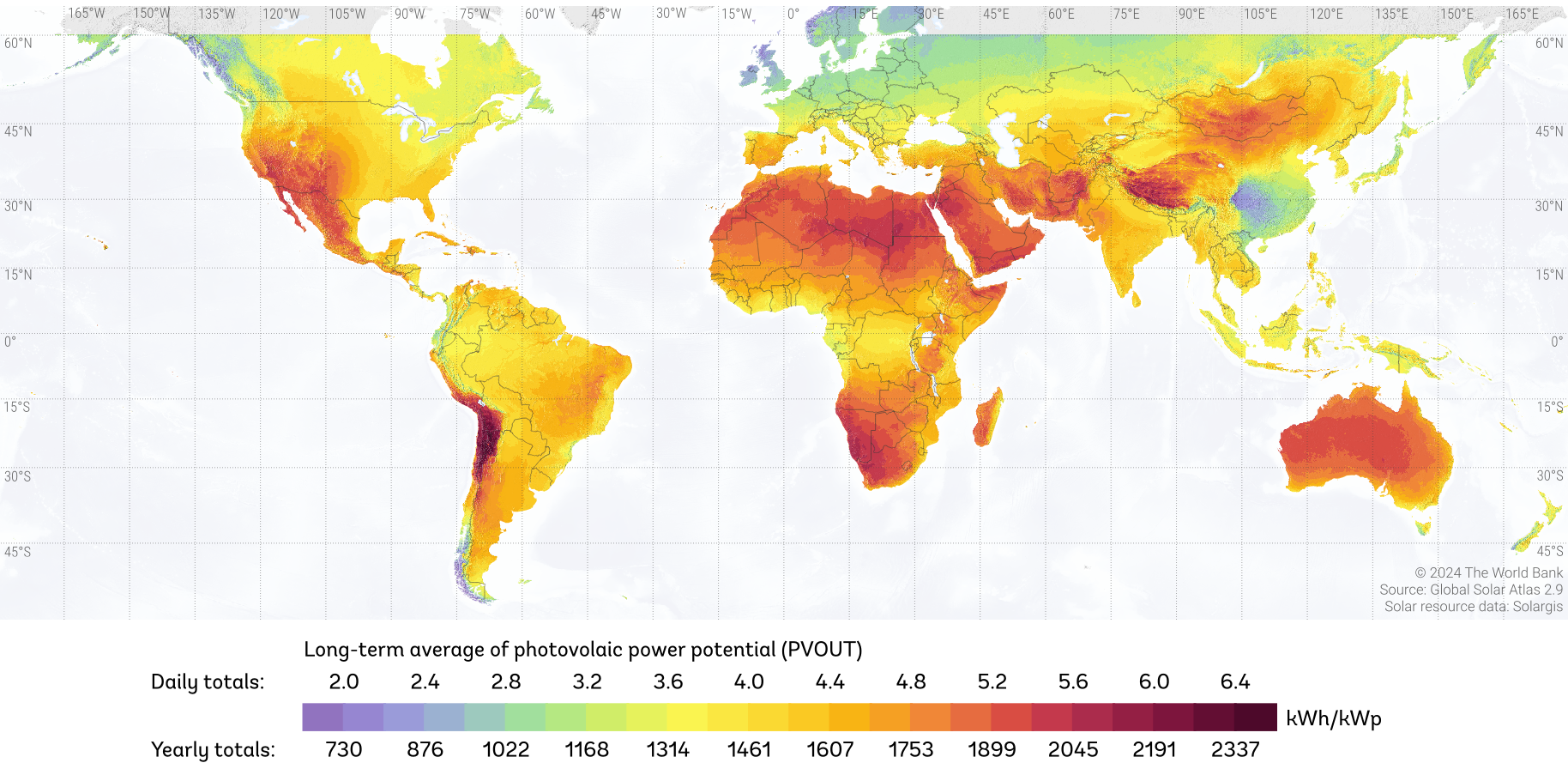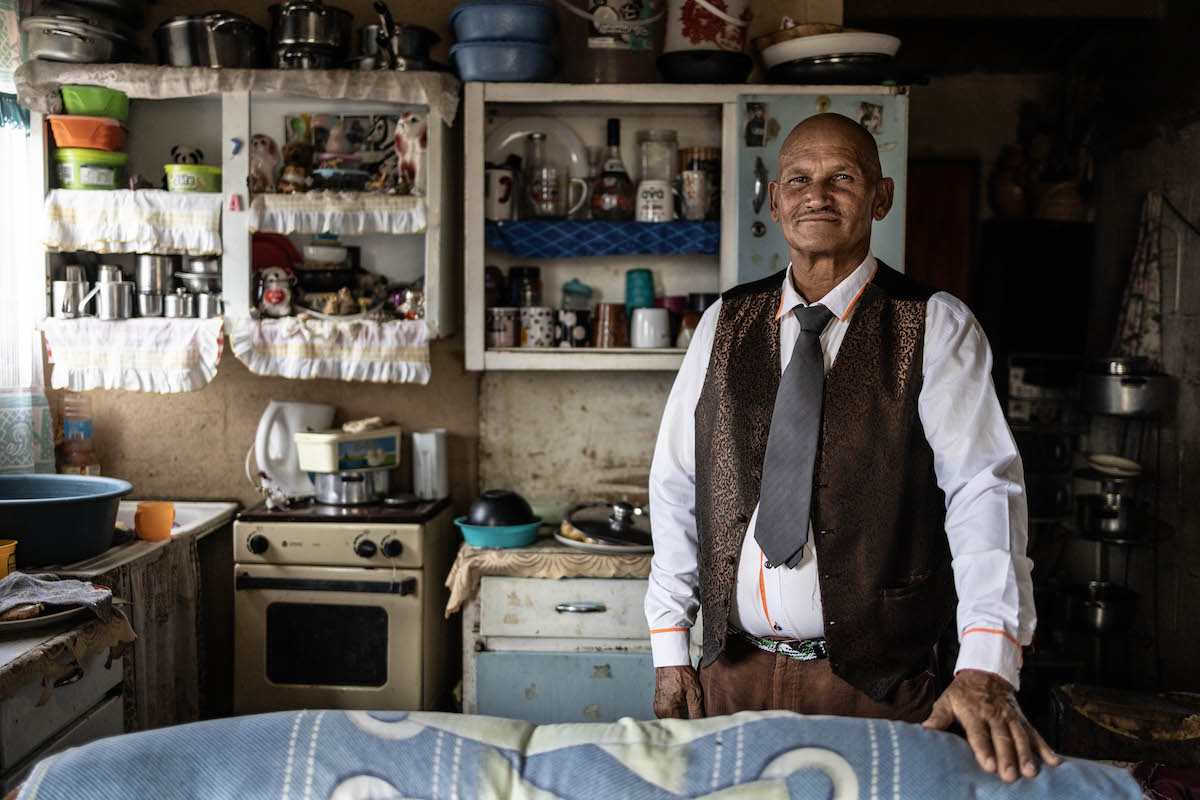Northern Cape
South Africa’s emerging powerhouse
The arid Northern Cape, South Africa’s largest yet least-populated province, could become the new heartbeat of the economy if the energy transition unfolds as envisaged.
The province is home to some of the best solar irradiation resources in the world, as well as solid wind energy potential, various studies have found.

The problem, however, is that the national power grid, which was built decades ago, was designed to evacuate electricity from the coal-rich Mpumalanga province.
Because the grid wasn’t planned with solar and wind in mind, the transmission network linking the Northern Cape to the rest of the country is inadequate.
In fact, Eskom’s latest grid assessment shows there is zero remaining capacity for new power projects in the Northern Cape, based on its current grid rules.
Extra capacity could be unlocked via a new curtailment framework that allows for some wasted electricity, and by leveraging modern grid-enhancement technologies and big batteries, yet these interventions will only go so far.
For this reason, the country’s Just Energy Transition Implementation Plan says Eskom will need to ramp up its investments in transmission lines and transformers to facilitate a massive renewables boom in the Northern Cape.
Considering the slow pace at which Eskom is currently expanding the grid, the task at hand is 'daunting' and will require substantial funding, the plan says. For this reason, the private sector and South Africa’s climate finance partners are expected to play a meaningful role.
In the meantime, and regardless of its grid constraints, the Northern Cape is establishing itself as a hub for green hydrogen – an energy carrier and fuel that’s seen as key to the global energy transition.
Green hydrogen is produced by splitting water into its individual components – hydrogen and oxygen – using an electrolyser powered by renewable energy. That hydrogen can then be converted back into energy when needed, with the only emission being water.
A number of green hydrogen projects are already taking shape in the Northern Cape, including the Prieska Power Reserve, Ubuntu Green Hydrogen, the Upilanga Solar and Green Hydrogen Park, and projects around the planned Boegoebaai port in the far north of the province.
In addition to being exported, analysts say the hydrogen produced in the Northern Cape could be used to turn the province into a new industrial hub. Steelmakers, cement manufacturers and fertiliser producers are increasingly turning to hydrogen to decarbonise their operations, and a nearby supply is critical.
As such, the Northern Cape is expected to benefit significantly from the energy transition as solar energy and green hydrogen come to the fore.

 Renewables bring hope of a bright future for Prieska
Renewables bring hope of a bright future for Prieska